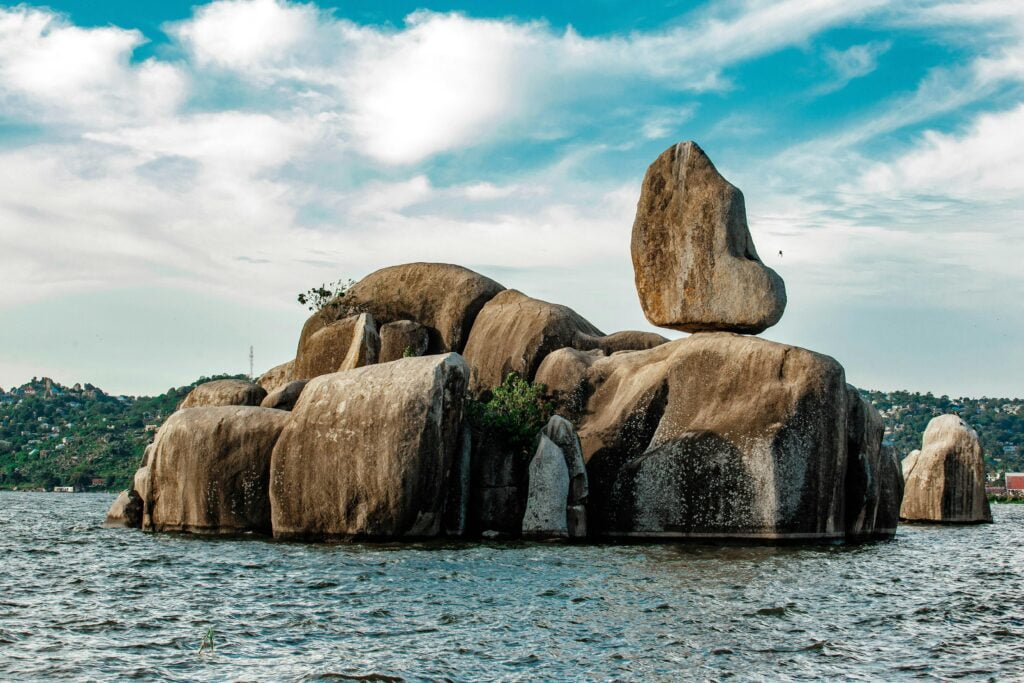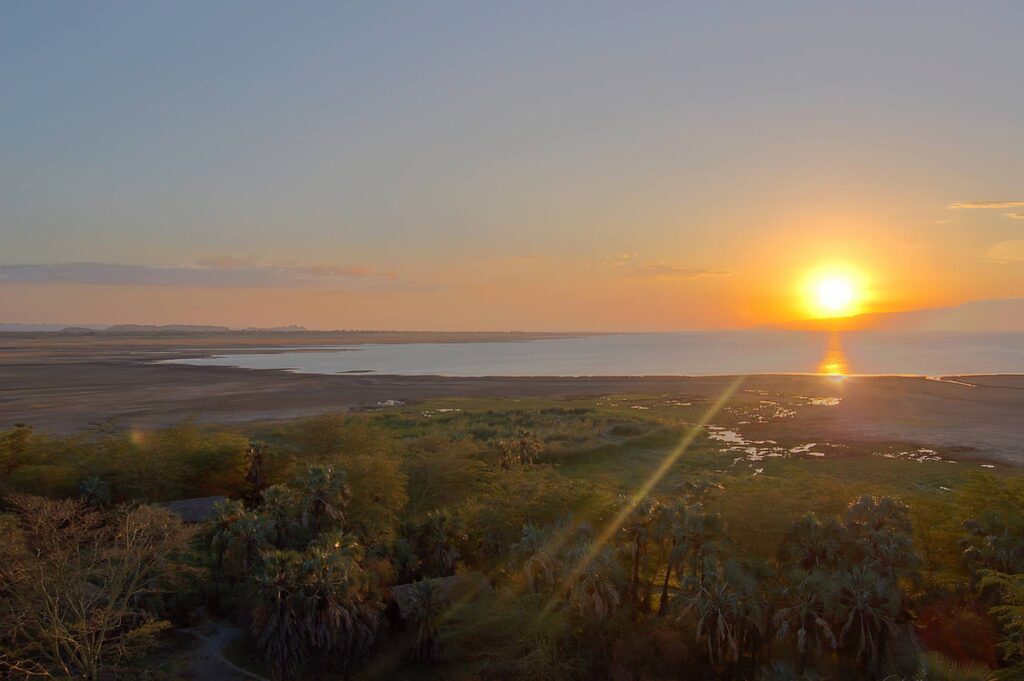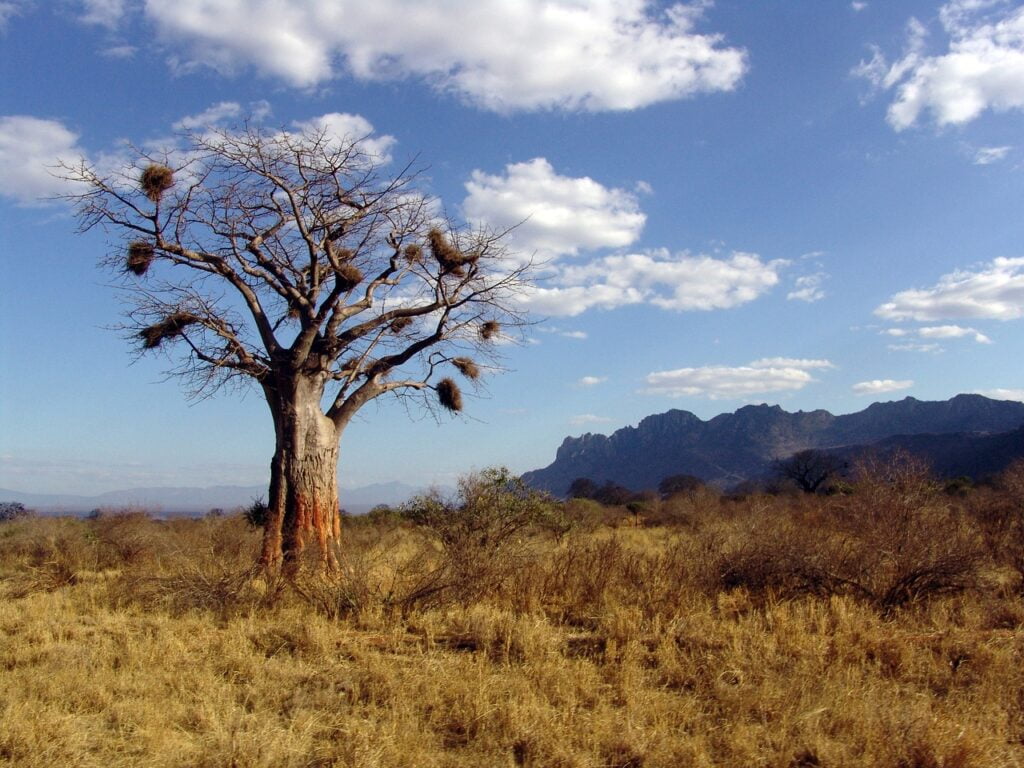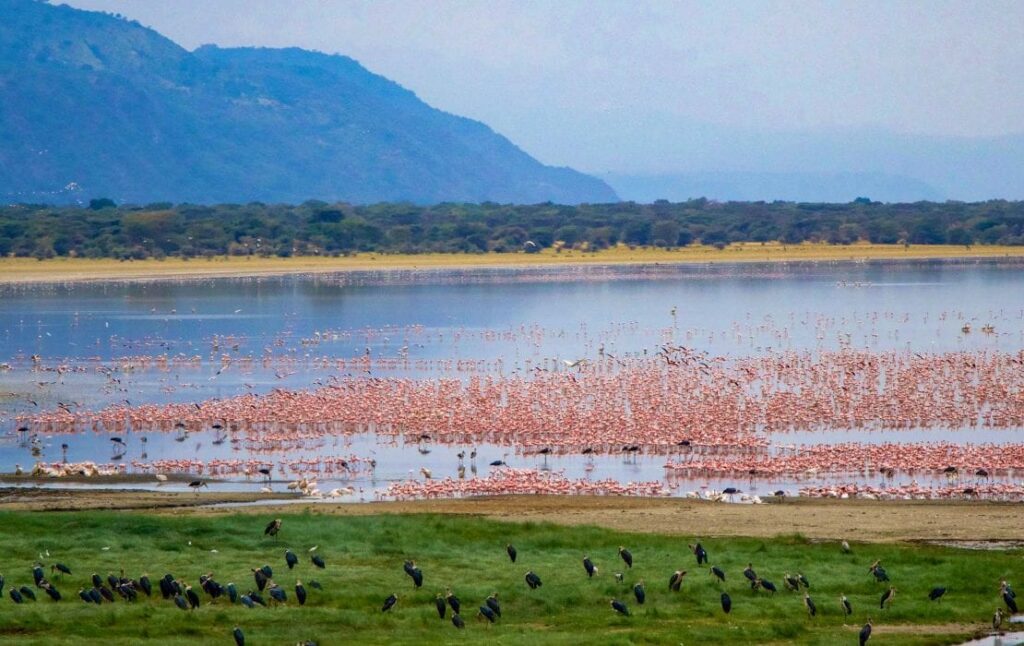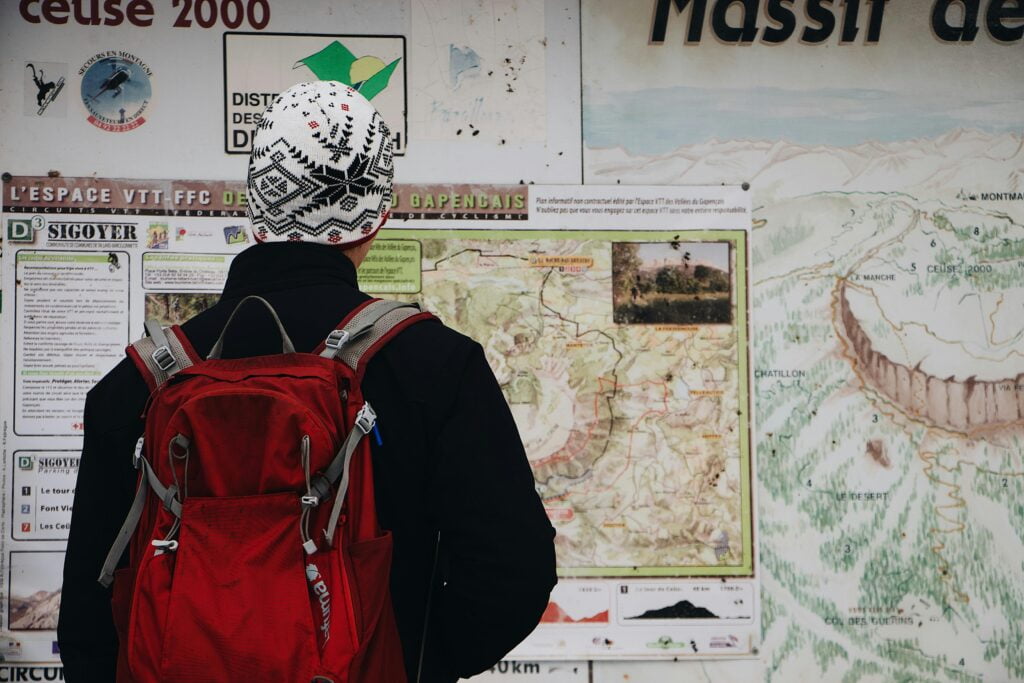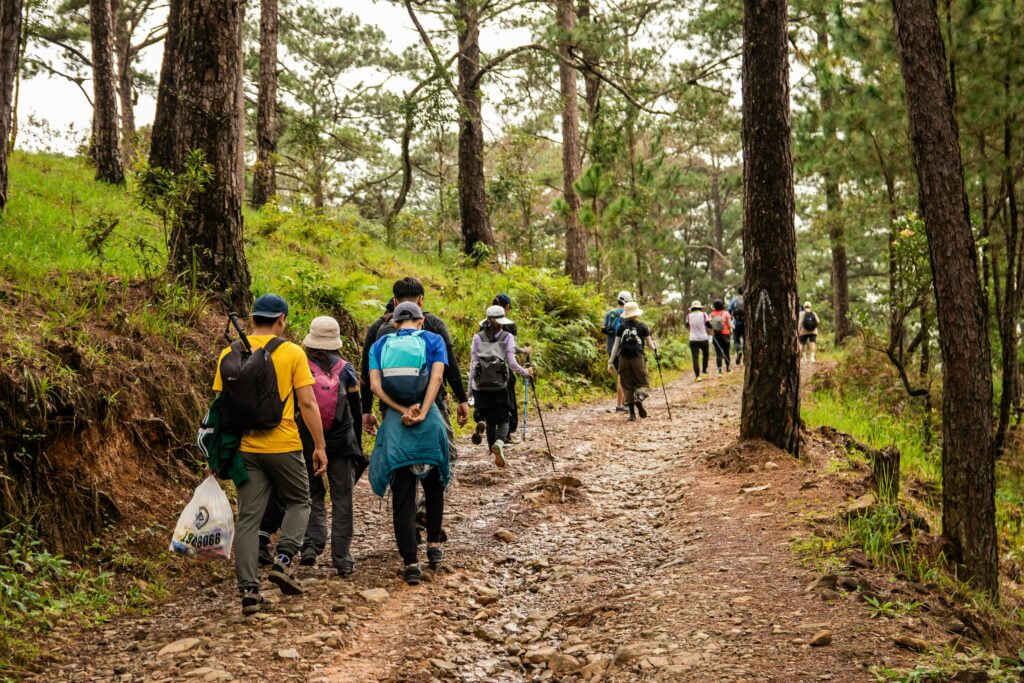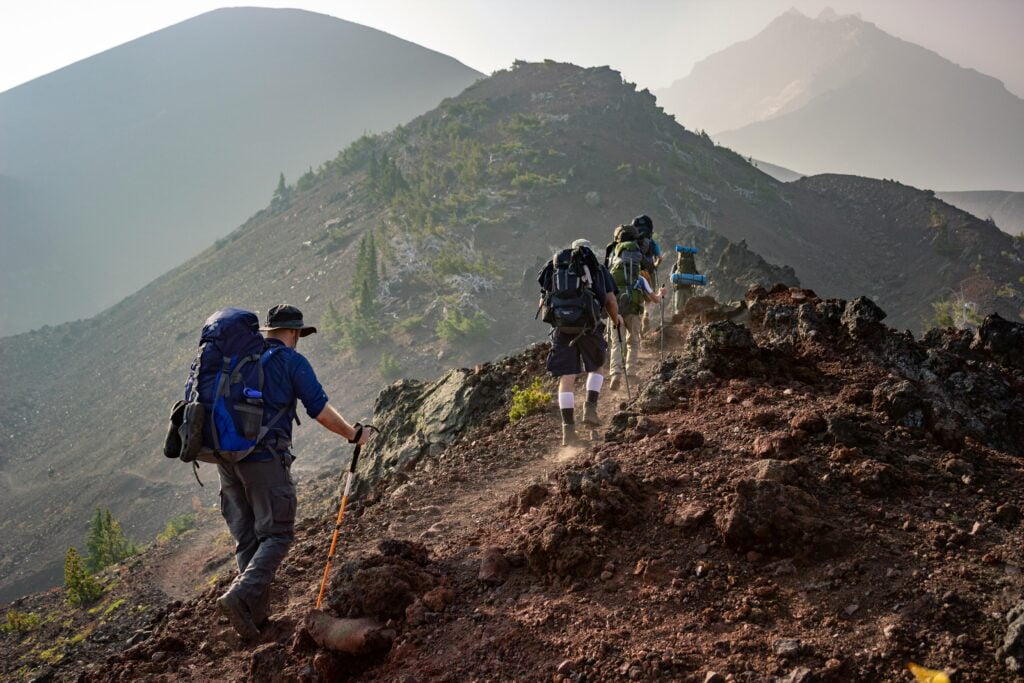Discover Lake Victoria: Tanzania’s Jewel of Freshwater Splendor
Lake Victoria, Africa’s largest freshwater lake by surface area and the world’s second-largest freshwater lake, is a breathtaking natural marvel that straddles the borders of Tanzania, Uganda, and Kenya. In Tanzania, Lake Victoria offers a unique blend of serene beauty, rich biodiversity, and vibrant cultural experiences, making it an essential destination for any safari enthusiast. Join Future African Safari as we explore the wonders of Lake Victoria, uncovering its stunning landscapes, abundant wildlife, and the vibrant communities that call its shores home. A Glimpse into Lake Victoria Lake Victoria spans over 68,800 square kilometers, providing a vital water source for millions of people and an array of wildlife. The Tanzanian portion of the lake, while sharing its grandeur with its neighboring countries, boasts its own distinct charm and attractions. From bustling fishing villages to tranquil islands, Lake Victoria is a hub of activity and natural beauty that captivates all who visit. Natural Beauty and Biodiversity Lake Victoria’s diverse ecosystems support a rich tapestry of flora and fauna, making it a paradise for nature lovers and wildlife enthusiasts. Aquatic Life Nile Perch and Tilapia: Lake Victoria is renowned for its abundant fish populations, particularly the Nile perch and various species of tilapia. Fishing is not only a crucial economic activity but also a thrilling experience for anglers seeking to reel in these impressive catches. Birdlife: The lake and its surrounding wetlands are a haven for over 400 bird species. From the majestic African fish eagle soaring above to the colorful Kingfishers darting through the reeds, birdwatchers will find endless opportunities to spot both common and rare species. Terrestrial Wildlife Hippos and Crocodiles: The shores of Lake Victoria are frequented by hippos and crocodiles, offering exciting wildlife sightings. These magnificent creatures are often seen basking on riverbanks or navigating the waters, adding to the lake’s dynamic ecosystem. Primates and Small Mammals: The forests and woodlands around the lake are home to various primate species, including vervet monkeys and red colobus monkeys. Exploring these habitats reveals the intricate relationships between the wildlife and their environment. Cultural Heritage: Communities Around the Lake Lake Victoria is not just a natural wonder; it is also the lifeblood of numerous communities that have thrived along its shores for generations. The cultural richness of the region is reflected in the traditions, languages, and lifestyles of its inhabitants. Fishing Villages The lake supports vibrant fishing communities where traditional practices blend seamlessly with modern techniques. Visiting these villages offers a glimpse into the daily lives of the fishermen, their boats gracefully gliding across the water, and the bustling markets where freshly caught fish are sold. Historical Sites and Heritage Lake Victoria has a storied history, with several historical sites that showcase the region’s past. From ancient trading posts to colonial-era buildings, these landmarks provide insights into the cultural and historical evolution of the area. Adventure Activities: Beyond the Safari Lake Victoria offers a plethora of activities that cater to all types of travelers, ensuring a memorable and enriching experience. Boat Safaris and Cruises Embark on a boat safari to explore the vast expanse of Lake Victoria. These excursions provide unparalleled views of the lake’s shoreline, opportunities to spot wildlife from the water, and visits to remote islands that are otherwise inaccessible. Island Hopping Lake Victoria is dotted with numerous islands, each with its own unique charm. Islands like Ukerewe, the largest in the lake, offer pristine beaches, hiking trails, and cultural experiences that highlight the local way of life. Fishing Expeditions For avid anglers, Lake Victoria is a dream destination. Join a guided fishing expedition to experience the thrill of catching Nile perch or tilapia, while learning about sustainable fishing practices that protect the lake’s ecosystem. Water Sports and Recreation Beyond wildlife viewing, Lake Victoria is perfect for water sports enthusiasts. Activities such as kayaking, sailing, and paddleboarding allow visitors to engage actively with the lake’s serene waters. Best Time to Visit Lake Victoria Lake Victoria can be enjoyed year-round, but certain seasons offer unique experiences: Dry Season (June to October): This period is ideal for fishing, boat safaris, and wildlife viewing, as the weather is generally clear and dry. The lake’s water levels are lower, making it easier to navigate and explore its shores. Wet Season (November to May): The wet season transforms the landscape with lush greenery and abundant birdlife. This is the best time for birdwatching and experiencing the lake’s vibrant natural beauty, though boat activities may be affected by occasional rains. Accommodation: Comfort by the Lake Lake Victoria offers a range of accommodation options to suit various preferences and budgets, ensuring a comfortable and enjoyable stay. Luxury Lodges and Resorts Indulge in luxury at lakeside lodges and resorts that offer stunning views, elegant rooms, and top-notch amenities. These establishments often provide exclusive experiences such as private boat tours and gourmet dining. Boutique Hotels and Guesthouses For a more intimate experience, boutique hotels and guesthouses offer personalized service and cozy accommodations. These options are perfect for travelers seeking a blend of comfort and local charm. Eco-Friendly Campsites Nature enthusiasts can opt for eco-friendly campsites that allow them to immerse themselves in the natural surroundings. These campsites often provide basic amenities while promoting sustainable tourism practices. Conservation and Sustainability Lake Victoria faces environmental challenges, including overfishing, pollution, and habitat degradation. Conservation efforts are crucial to preserving the lake’s natural beauty and ensuring the sustainability of its resources. Sustainable Fishing Practices Promoting sustainable fishing helps maintain fish populations and supports the livelihoods of local communities. Initiatives include regulating fishing quotas, implementing eco-friendly techniques, and educating fishermen about conservation. Environmental Protection Programs Various organizations work to protect Lake Victoria’s ecosystems through habitat restoration, pollution control, and wildlife conservation projects. Supporting these programs ensures the long-term health of the lake and its inhabitants. Community Engagement Engaging local communities in conservation efforts fosters a sense of responsibility and ownership. By involving residents in decision-making and providing education on sustainable practices, these initiatives promote environmental stewardship. Plan Your Lake Victoria Adventure Lake
Discover Lake Victoria: Tanzania’s Jewel of Freshwater Splendor Read More »

